PPT-Reusable Learning Objects
Author : min-jolicoeur | Published Date : 2016-07-04
Christinger Tomer University of Pittsburgh October 19 2013 Library 2013 Definitions and Basic Concepts Current Constraints Tools amp Workflows Opportunities Todays
Presentation Embed Code
Download Presentation
Download Presentation The PPT/PDF document "Reusable Learning Objects" is the property of its rightful owner. Permission is granted to download and print the materials on this website for personal, non-commercial use only, and to display it on your personal computer provided you do not modify the materials and that you retain all copyright notices contained in the materials. By downloading content from our website, you accept the terms of this agreement.
Reusable Learning Objects: Transcript
Download Rules Of Document
"Reusable Learning Objects"The content belongs to its owner. You may download and print it for personal use, without modification, and keep all copyright notices. By downloading, you agree to these terms.
Related Documents

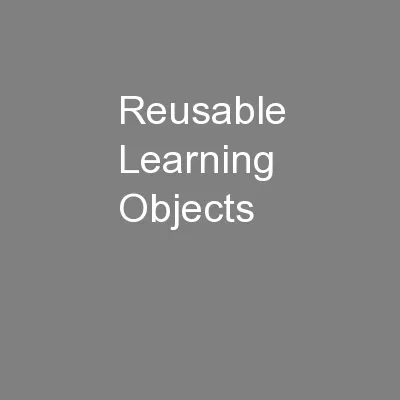
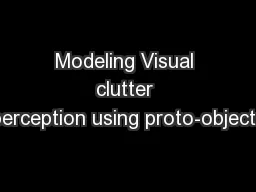
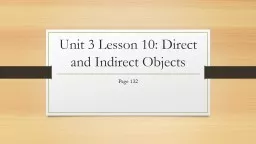

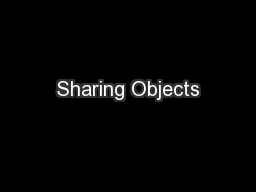
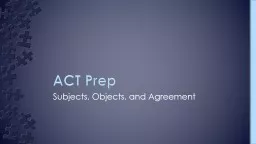
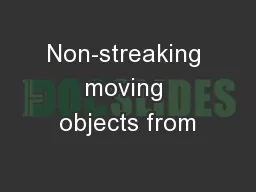
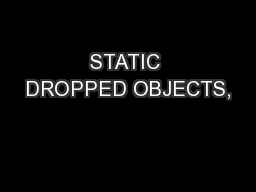

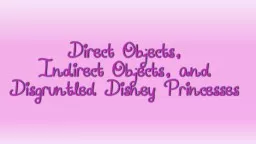
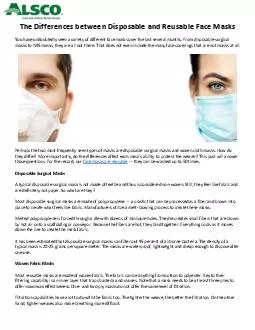
![[BEST]-Easy Learning Design Patterns Java (2 Edition) Build Clean and Reusable Object-Oriented](https://thumbs.docslides.com/970780/best-easy-learning-design-patterns-java-2-edition-build-clean-and-reusable-object-oriented-code-easy-learning-java-and-design-patterns-and-data-structures-and-algorithms.jpg)
![[eBOOK]-Easy Learning Design Patterns Java Practice: Reusable Object-Oriented Builder](https://thumbs.docslides.com/973113/ebook-easy-learning-design-patterns-java-practice-reusable-object-oriented-builder-clean-code-easy-learning-programming-for-beginner-book-2.jpg)
![[READING BOOK]-Easy Learning Design Patterns Java (2 Edition): Build Clean and Reusable](https://thumbs.docslides.com/973952/reading-book-easy-learning-design-patterns-java-2-edition-build-clean-and-reusable-object-oriented-code-easy-learning-java-and-design-patterns-and-data-structures-and-algorithms.jpg)